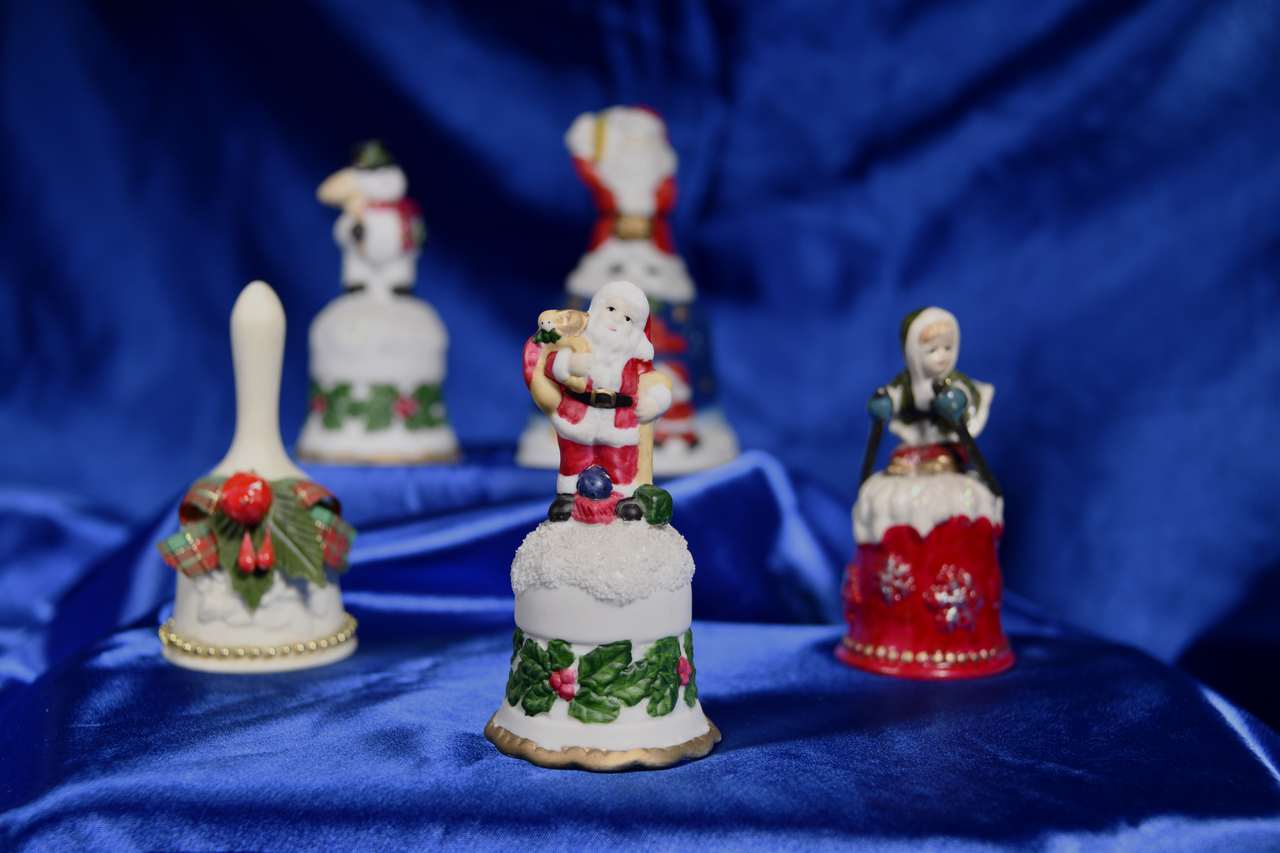  Events Archive Events Archive
The opening of the exhibition "War Up Close"
August 21, 2024
On August 21, 2024, at the National Museum of History of Moldova, the opening of the exhibition of virtual reality "War Up Close", organized in collaboration with the Office of the Republic of Moldova of the Konrad Adenauer Foundation, took place. The event was opened by the general director of the National History Museum of Moldova, Dr. Hab. Eugen Sava, who emphasized the efforts of the organizers to present a special and authentic project, which illustrates the devastating reality of the unjustified war triggered by the Russian Federation in Ukraine. He also mentioned that the exhibition uses peak technology, including panoramic photos, images captured by drones and 3D modeling, to transform suffering into sensitivity and provide a visceral experience. Dr. Brigitta Triebel, director of the Konrad Adenauer Foundation office in the Republic of Moldova, welcomed the guests at the event, offering an incursion to the main purpose of the exhibition: to bring to the global attention the extent of the human and material disaster, through images that surprise both civil infrastructure affected, as well as the devastated destinies of the millions of Ukrainians. The Minister of Culture of the Republic of Moldova, Sergiu Prodan, was also present at the event, noting that this exhibition is not only a window to a grim world, but also a call to consciousness, an urge not to forget what is happening in the immediate vicinity, presenting a tragic vision of some actions initiated for personal reasons, where the suffering is carried by those whose existence is just beginning. The president of the National Congress of Ukrainians in the Republic of Moldova, Dmitro Lecarțev, stressed the hope that this approach will inspire action and solidarity, reminding that each life matters and that together we can bring the change. About the steps that were undertaken until this special presentation and the work behind the exhibition, Sophia Bilenko, project manager "War Up Close", told us, with the exhibition, together with the Serhii Vorobiov. She specified that each image, every detail, invites the visitor to discover and feel the tangible nature of this tragedy, to reflect on the human suffering and, most importantly, to tend towards the idea of uniting voices in the name of peace and democracy.
|











 31 August 1989 St., 121 A, MD 2012, Chisinau, Republic of Moldova
31 August 1989 St., 121 A, MD 2012, Chisinau, Republic of Moldova






































































